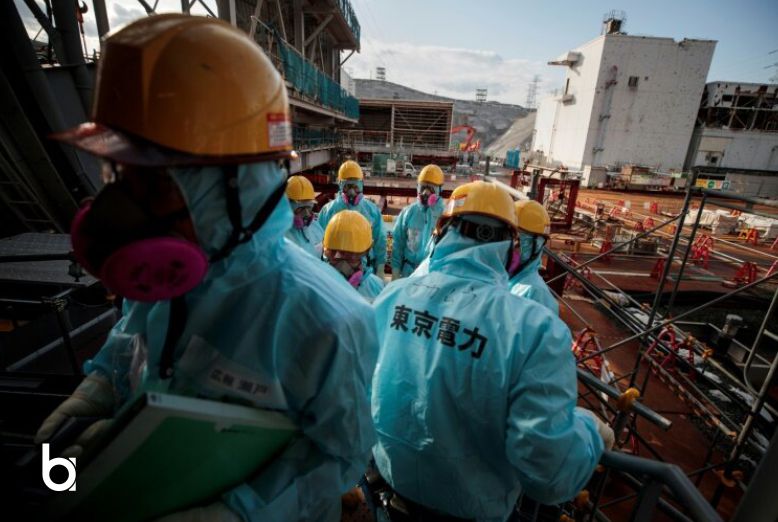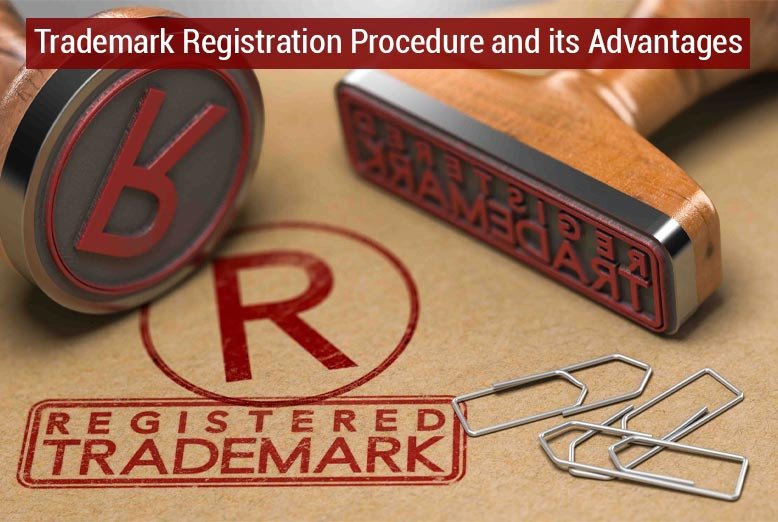An operation to evaluate radioactive fuel
A robot will try to inspect radioactive fuel at Japan’s Fukushima nuclear plant. After the 2011 meltdown, it’s the major effort by Japan to clean-up radioactive fuel. The operation is planned to do a better evaluation of the current status of the melted fuel. It will also evaluate radioactive fuel’s stability to be picked up for removal or it may crumble upon contact.
The operation is being carried out at the plant’s reactor 2, one of three that melted down after a massive earthquake and tsunami in March 2011. A spokeswoman for the plant’s operator TEPCO said, “The operation began at 7 am local time and will last around five hours. So far no problems have been reported.”
Japan’s Fukushima plant misfortune
The March 2011 tsunami that caused the meltdown was triggered by a massive undersea quake and killed around 18,000 people. Immediately after the earthquake, the active reactors automatically shut down their sustained fission reactions. Tens of thousands of people were forced to evacuate their homes because of the threat of radiation. Authorities have been working to rebuild the region, about 240 km north of Tokyo, although areas near the crippled plant remain uninhabitable because of radiation dangers.
Robots’ massive clean-up operation
Robots have already looked inside the reactor so that the specialists can measure the melted fuel visually. Its first trial is to measure the complexity of the highly radioactive material. Removing the melted fuel is considered the most difficult part of the massive clean-up operation in the wake of the worst nuclear disaster since Chernobyl. It is not expected to begin until 2021, and TEPCO has other issues to resolve including how to dispose of large quantities of contaminated water stored in containers at the plant site.
Expected cleanup budgets
Problems with trash removal will cast a shadow on the utility’s restructuring and Fukushima’s recovery. The condition inside the plant is improving. However, only about 4% of the area requires full radiation suits as decontamination and the paving of roads progress. But the estimated cleanup costs have increased from 2 trillion yen to 8 trillion yen ($72.4 billion). These expenses may inflate further depending on how the work progresses.













